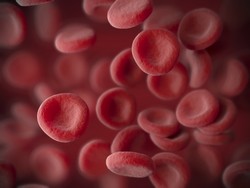Novel methods measure cell thickness
Interferometry is an investigative technique used in many scientific fields. In biology, it has the capacity to measure cells, cellular compartments or macromolecules without the need for labelling. Scientists on the EU-funded IMANILBCAT (Interferometric microscopy and nanoscopy in live biological cells and tissues) project proposed to use optical interferometry to record the spatial, temporal, and refractive-index structure of the cell. Among the objectives was to identify mechanical signatures of cancer cells, perform diagnosis of red blood cell diseases and measure the mechanical properties of neurons. As a first step, researchers developed a compact interferometric module that performed with high-accuracy to assess the optical thickness profiles of live cells. Using this portable interferometric technique, they found that the optical thickness of cancer cells fluctuated more compared to healthy cells. Similarly, the thickness profile of metastatic cancer cells was more variable in comparison to primary cancer cells, indicating that this approach could be exploited in cancer grading. Additionally, interferometric microscopy was used to monitor dynamic processes such as drug delivery in vitro with high temporal resolution and unprecedented speed. To enable clinical use of these methods, scientists generated new algorithms that allowed real-time processing of optical thickness profiles. The molecular specificity of the method was further improved through labelling with plasmonic nanoparticles that were excited optically. The idea was to utilise nanoparticles bound to amyloid beta to detect the degeneration in neuronal activity. Overall, the activities of IMANILBCAT contributed towards an interferometric nano-sensing platform for the quantitative estimation of cell thicknesses in live samples without labelling, scanning or intervention.
Keywords
Cell thickness, interferometry, cancer, red blood cell disease, IMANILBCAT

